Thomas Ruff reimagines 1850s India and Burma at the V&A Photography Centre
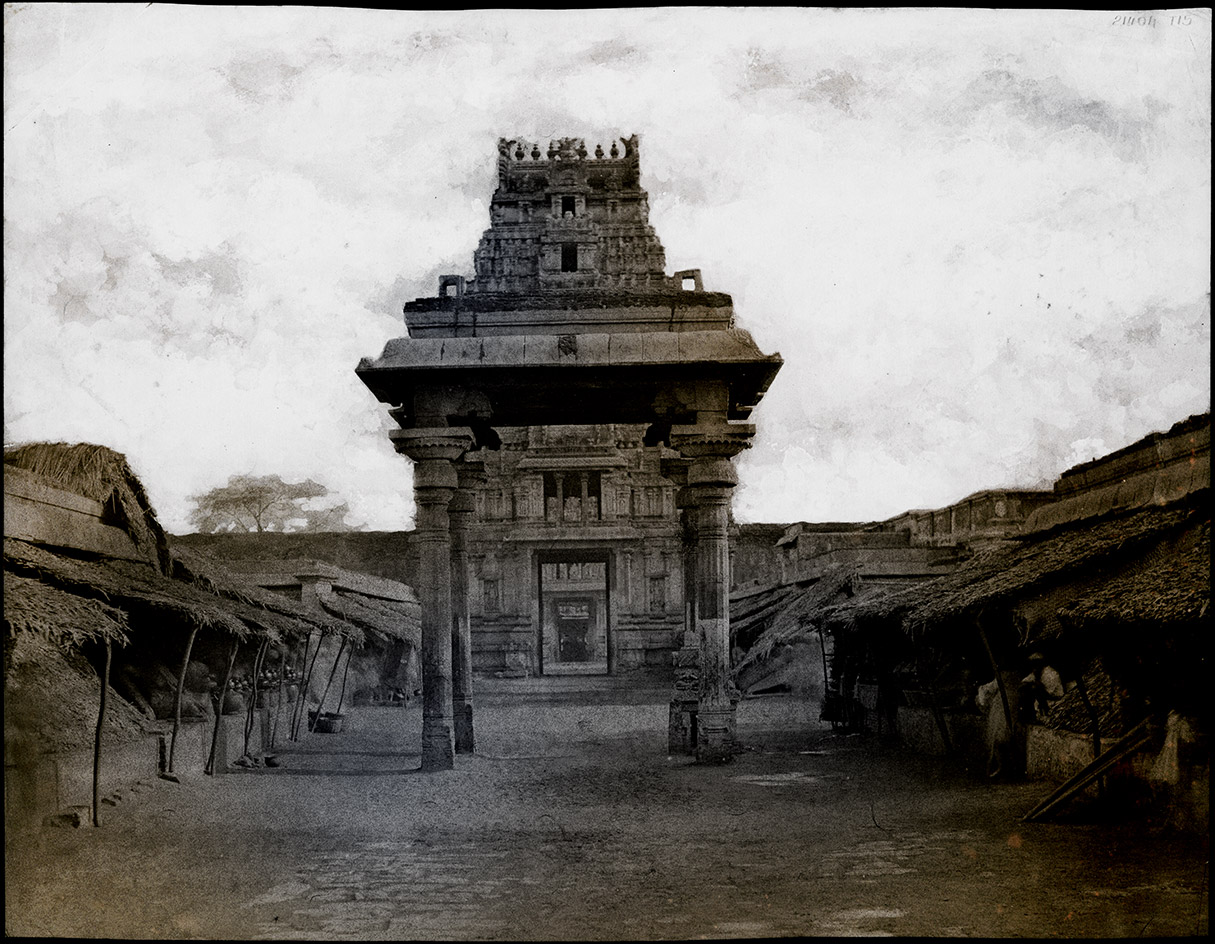
A major new body of work by German artist Thomas Ruff bridges digital manipulation with one of the earliest important achievements in analogue photography. Commissioned to celebrate the opening V&A’s brand new Photography Centre on 12 October, the series Ruff/Tripe reimagines a set of 1850s images of temples, palaces and monuments in India and Burma (now Myanmar) captured by British Army captain and photographer Linnaeus Tripe.
The Englishman joined the East India Company in 1838, moving to the south of India in 1840. However, Tripe only became interested in photography after relocating to Bangalore in 1854, following a four-year leave in England that was extended due to his poor health. Remarkably, he spent only two years making images in southeast Asia, but ten years printing them.
‘There’s a golden moment where [Tripe] made an incredible survey of all these places in India and Burma, some which had never been photographed before,’ says Martin Barnes, senior curator of photographs at the V&A. ‘It’s balancing between being a topographical military ordinance survey and admitting he was thrilled by the artistry of making these pictures.’
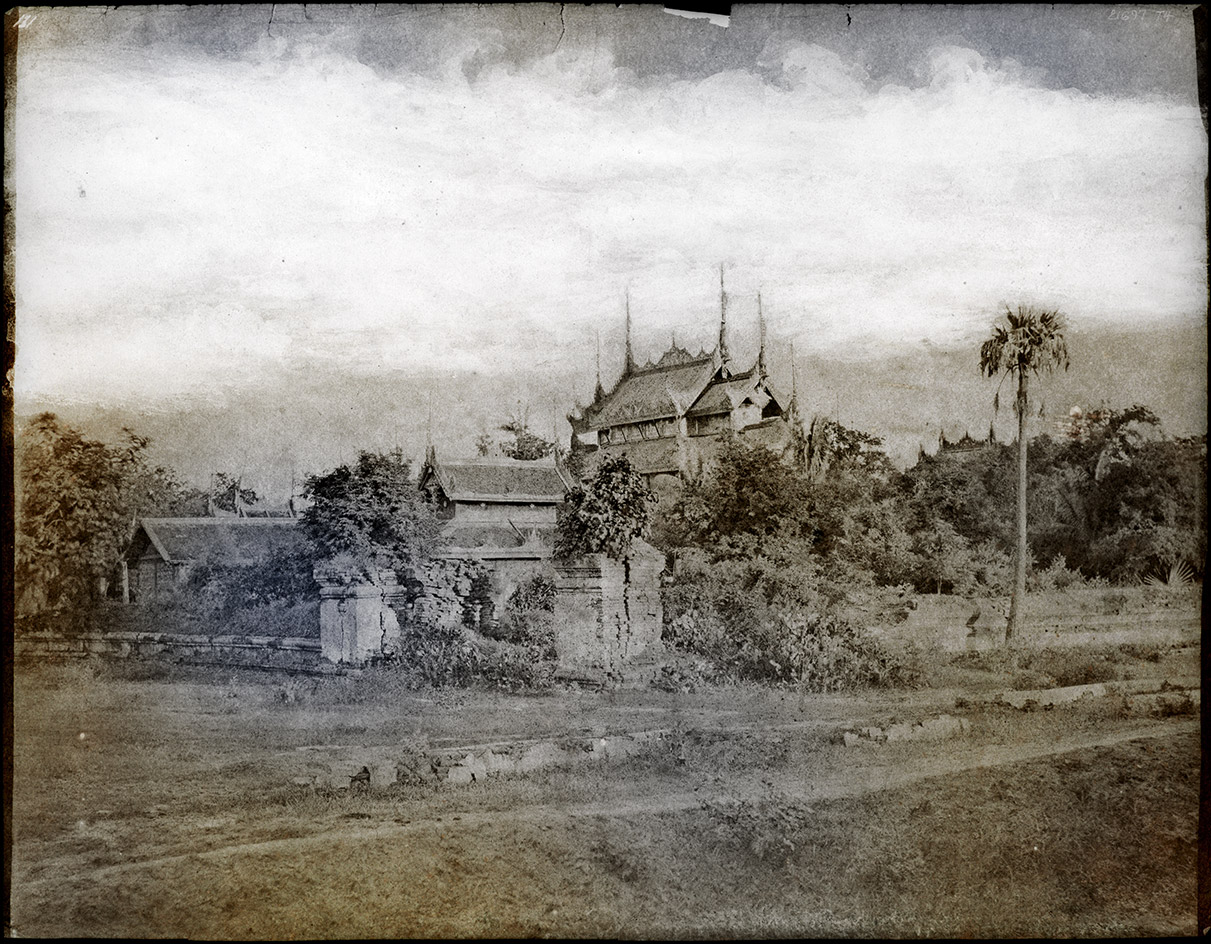
Tripe_09 (Amerapoora. My-au-dyk Kyoung), 2018, by Thomas Ruff, C-type print.
Ruff embarked on his own expeditions to the V&A’s viewing room, ultimately selecting 20 images from the 400-strong collection of Tripe paper negatives in the archive (ten works from the new series feature in the inaugural display). The negatives were photographed on a light-box at the London museum and delivered digitally to him (the artwork titles noticeably read like file names).
The artist began by layering Tripe’s sepia-toned negative with that of the positive albumen print on-screen, selectively teasing out areas of blue before enlarging the image to over three times its original size, and amplifying the structure of the paper and minute details hidden within it. There’s a quiet majesty to Ruff’s adaptation of Tripe’s images, as he pays homage to their scale, beauty and pictorial quality.
‘I did not want to compete with his printing. I really wanted to show the negative – or the state of the negative – 160 years later,’ says Ruff when we visit his Düsseldorf studio ahead of the opening. ‘All that was in the negatives is left and visible.’ Every scratch, speck of dust, water stain, mark of discolouration, and crease is shown in unapologetic glory in the 80 x 140cm prints, which Ruff – unlike Tripe – insisted on displaying them uncropped.
It’s the first time Ruff has ever worked with paper negatives and was intrigued by Tripe’s early ‘retouching’ processes, especially his hand-painting of the reverse of the negatives to add clouds or emphasise the ripples on water. (Early photographic emulsions were over-sensitive to blue and would not register clouds, so 19th century photographers would often retouch the sky to add interest to the picture).
Tripe’s photographs were the subject of an exhibition at the V&A in 2015, but seen in this ‘super-charged’ context the works take on a new lease of life. ‘Now the time is right to look at the aesthetics of the pictures and really rethink them as objects,’ says Barnes. ‘Thomas spans the world of analogue and digital, so his language of understanding the chemistry, the optics, and the ambition in making these pictures allows him to digitally draw [unique] things out of the pictures. Being able to translate them to the digital world allowed us to see what has never been revealed on those negatives.’
The Ruff/Tripe commission sits in poetic symmetry with the 150-odd cameras at the entrance of the revamped galleries – the installation, too, spans 160 years. ‘When most people think of photography, they think only of [the time] since Leica invented 35mm [in 1913]. Then it went on and film was exchanged to a digital sensor. That’s what photography is for them – this kind of straightforward photography,’ muses Ruff.
The artist continues, ‘I would say that’s only 5 per cent of the photographic world. If you go backwards, you’ll find every photographer who practiced photography in the first 50 years had to find their own technique. Everyone was a scientist, or an engineer. It was a really rich and wide world of photography.’ The new Photography Centre sets the perfect stage for Ruff’s latest series – a highly gratifying portal into the long history of the medium.
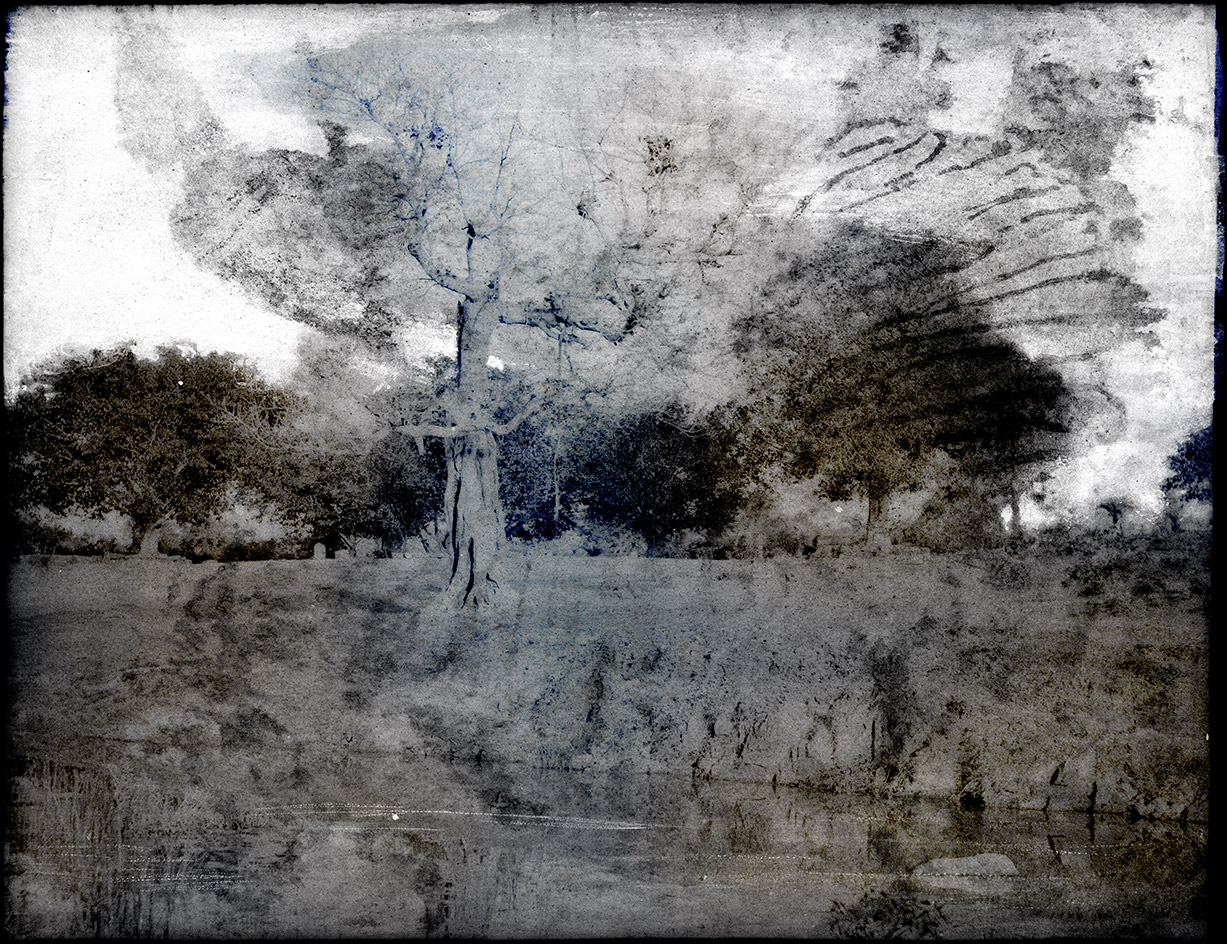
Tripe_03 (Mysore. Landscape with leafless tree and tank), 2018, by Thomas Ruff, C-type print.
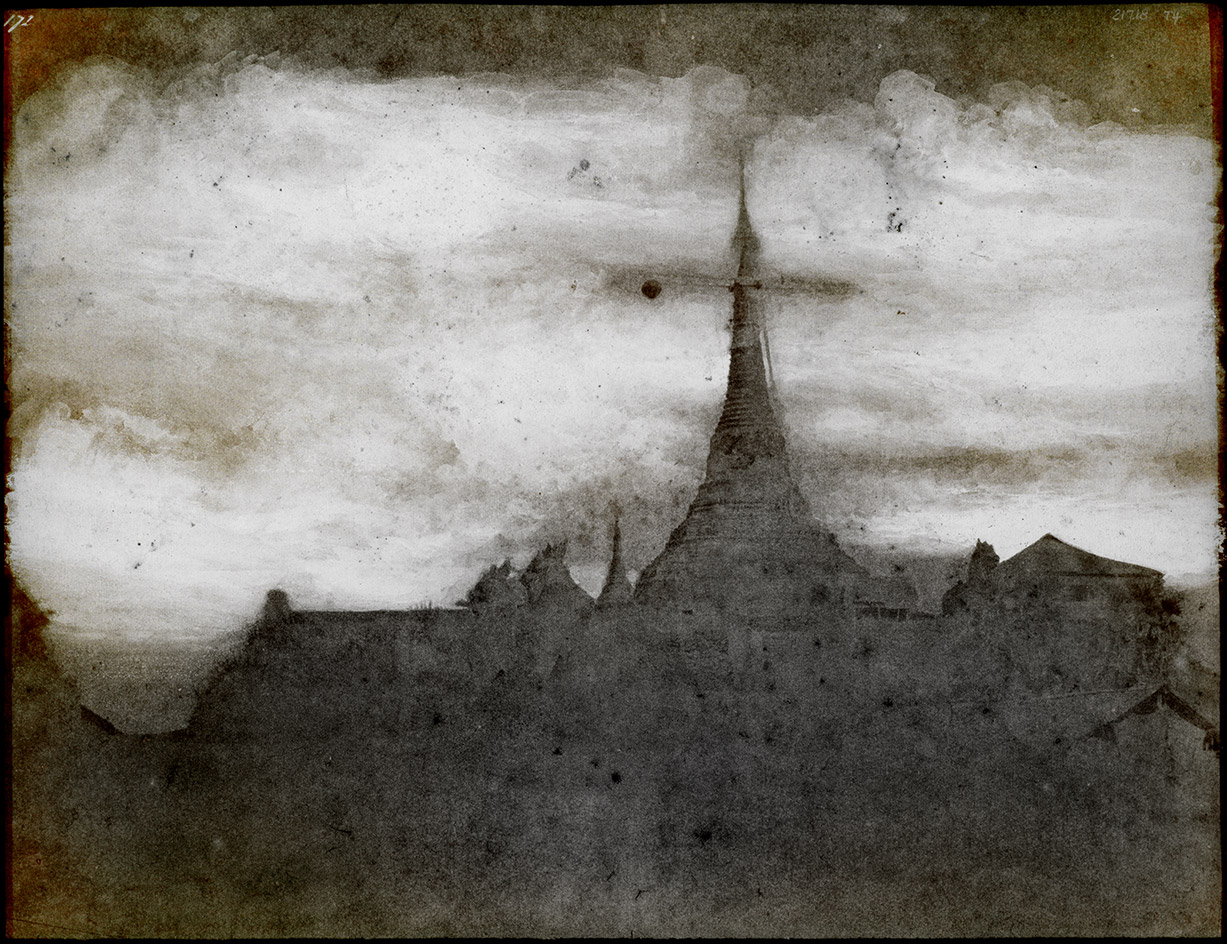
Tripe_05 (Rangoon. Signal Pagoda), 2018, by Thomas Ruff, C-type print.
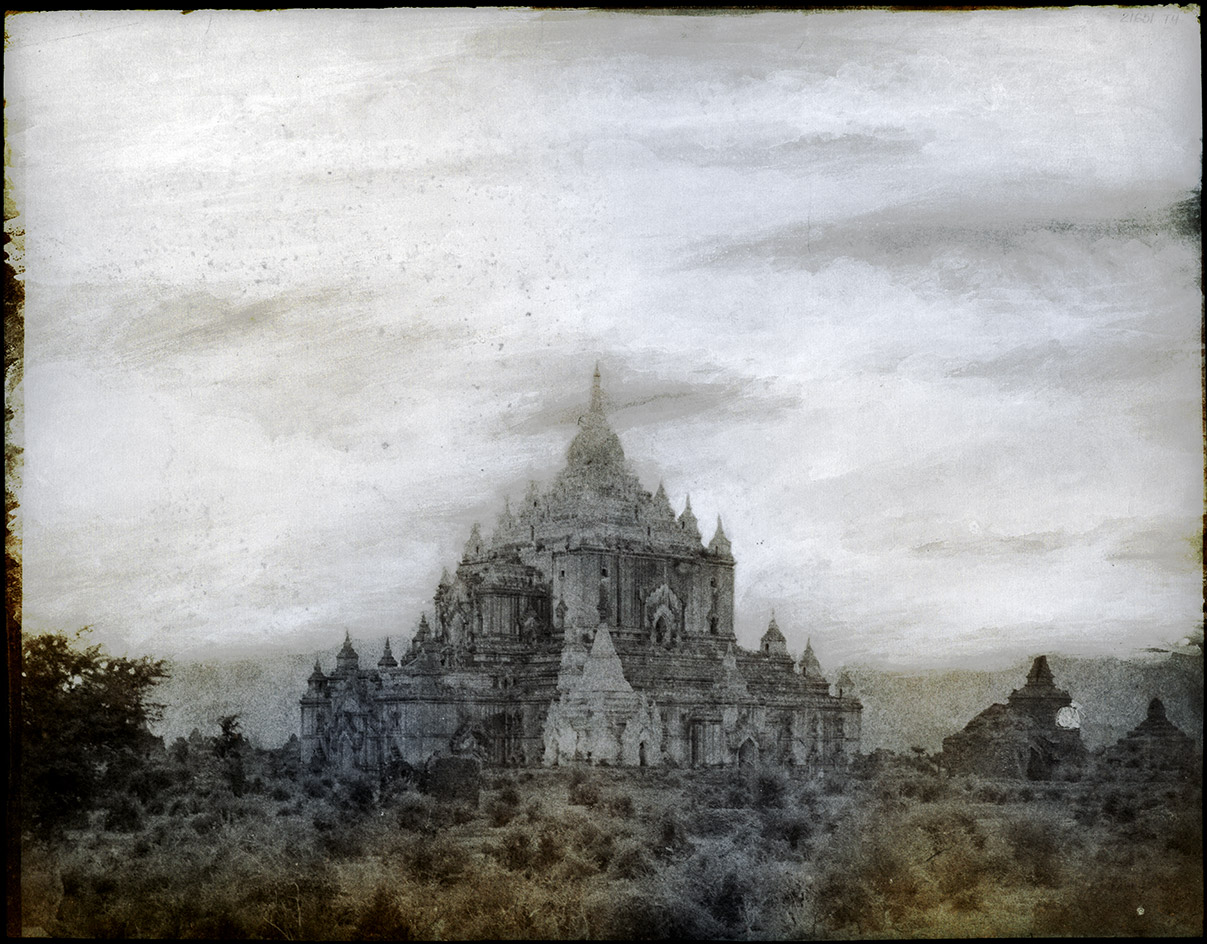
Tripe_08 (Pugahm Myo. Thapinyu Pagoda), 2018, by Thomas Ruff, C-type print.
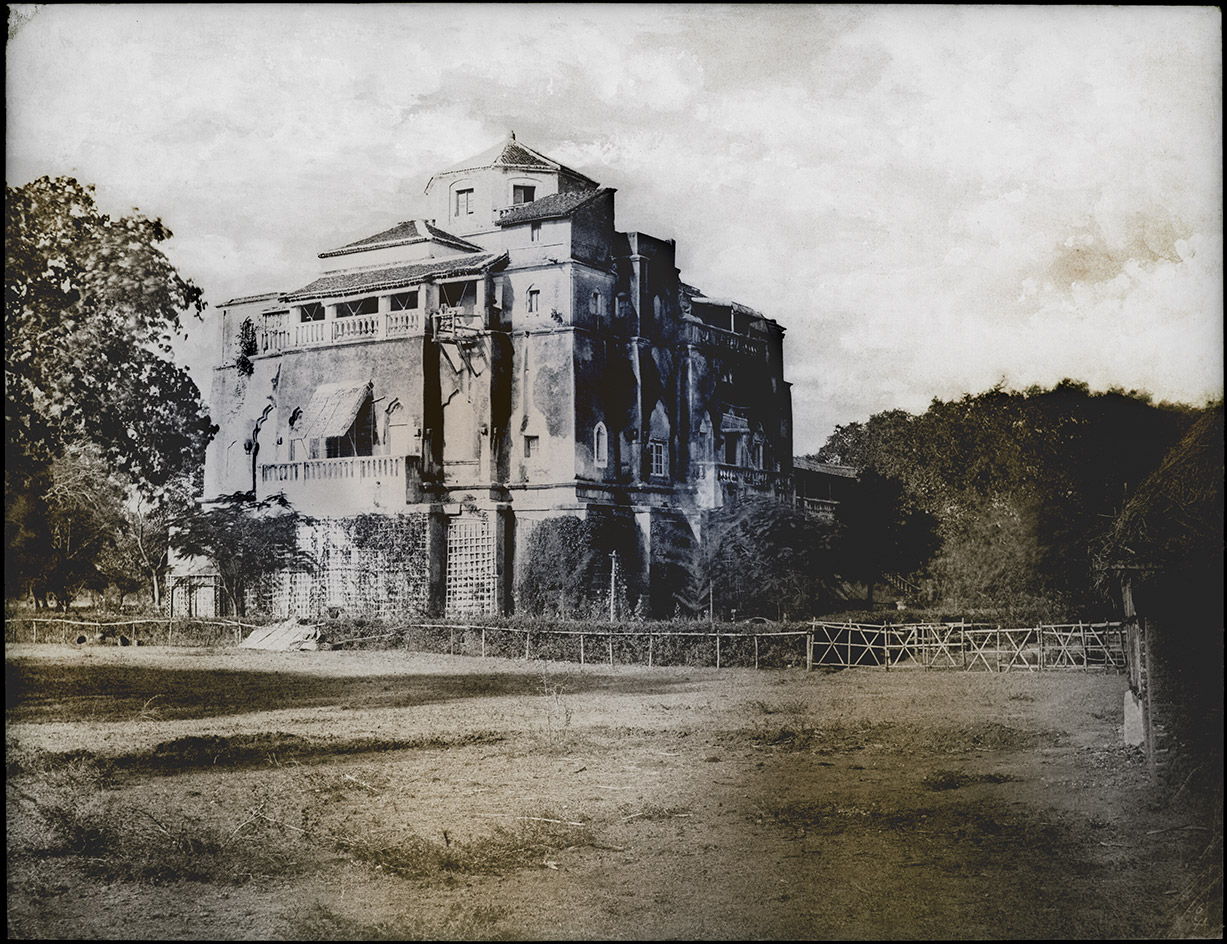
Tripe_13 (Madura. The Tunkum from east), 2018, by Thomas Ruff, C-type print.
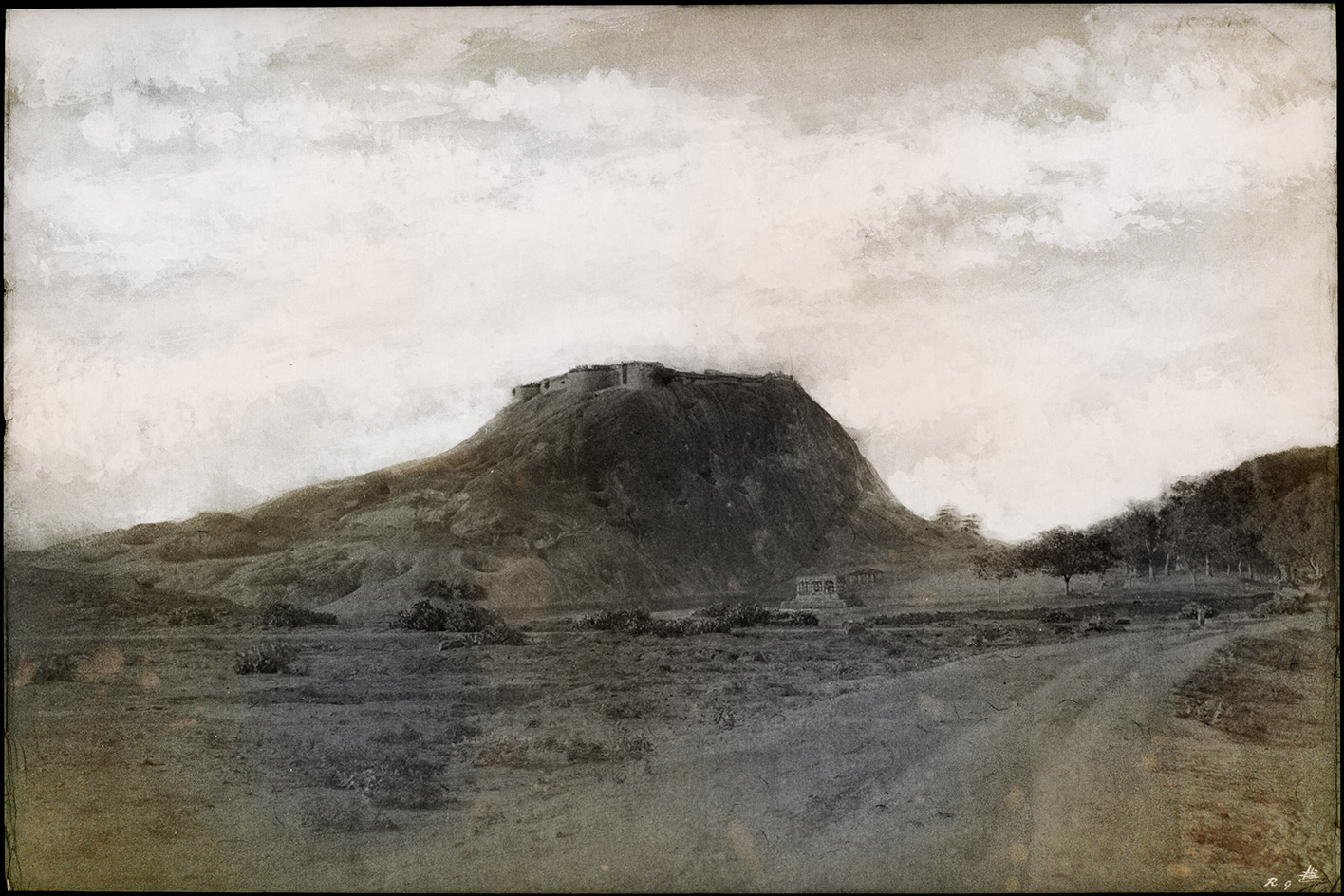
Tripe_14 (Namculdroog. Droog and tank), 2018, by Thomas Ruff, C-type print.
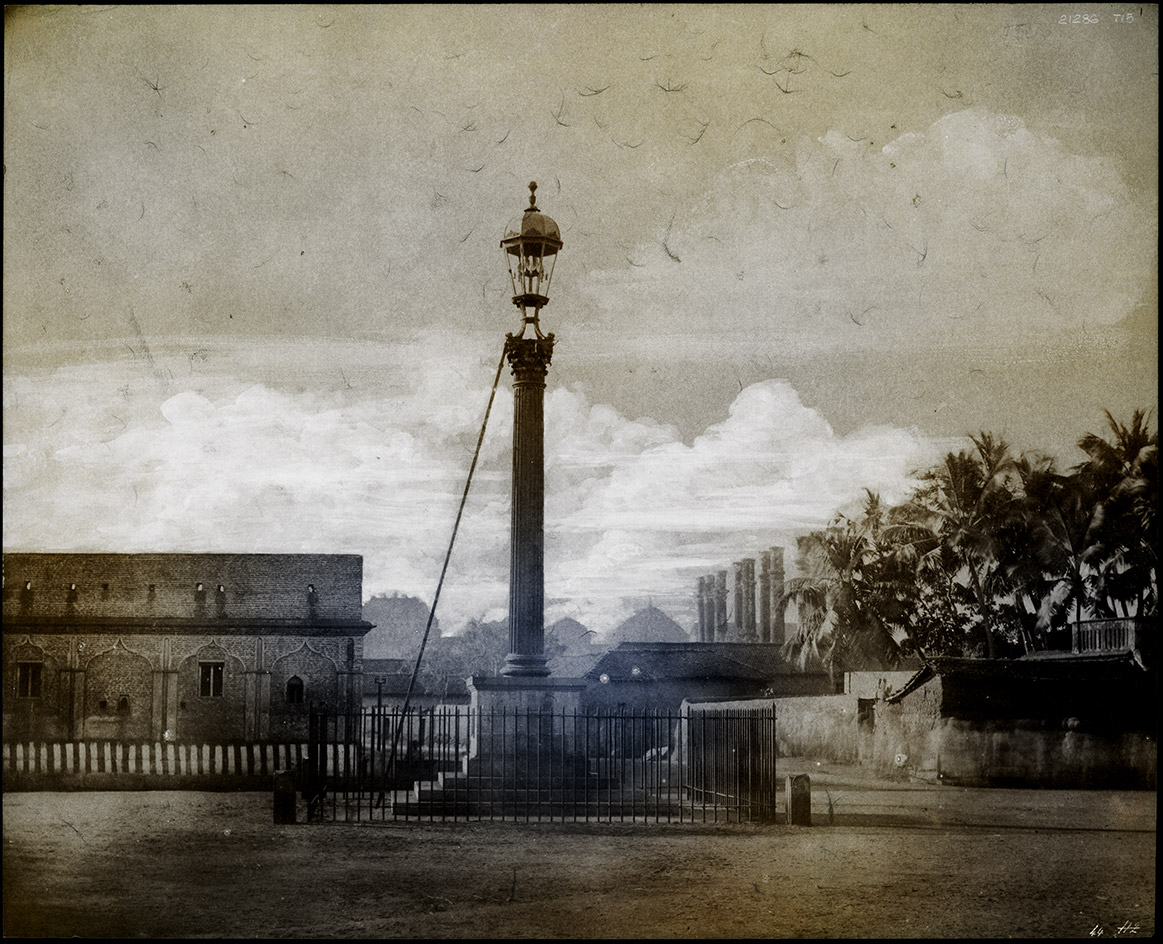
Tripe_15 (Madura. The Blackburn Testimonial), 2018, by Thomas Ruff, C-type print.
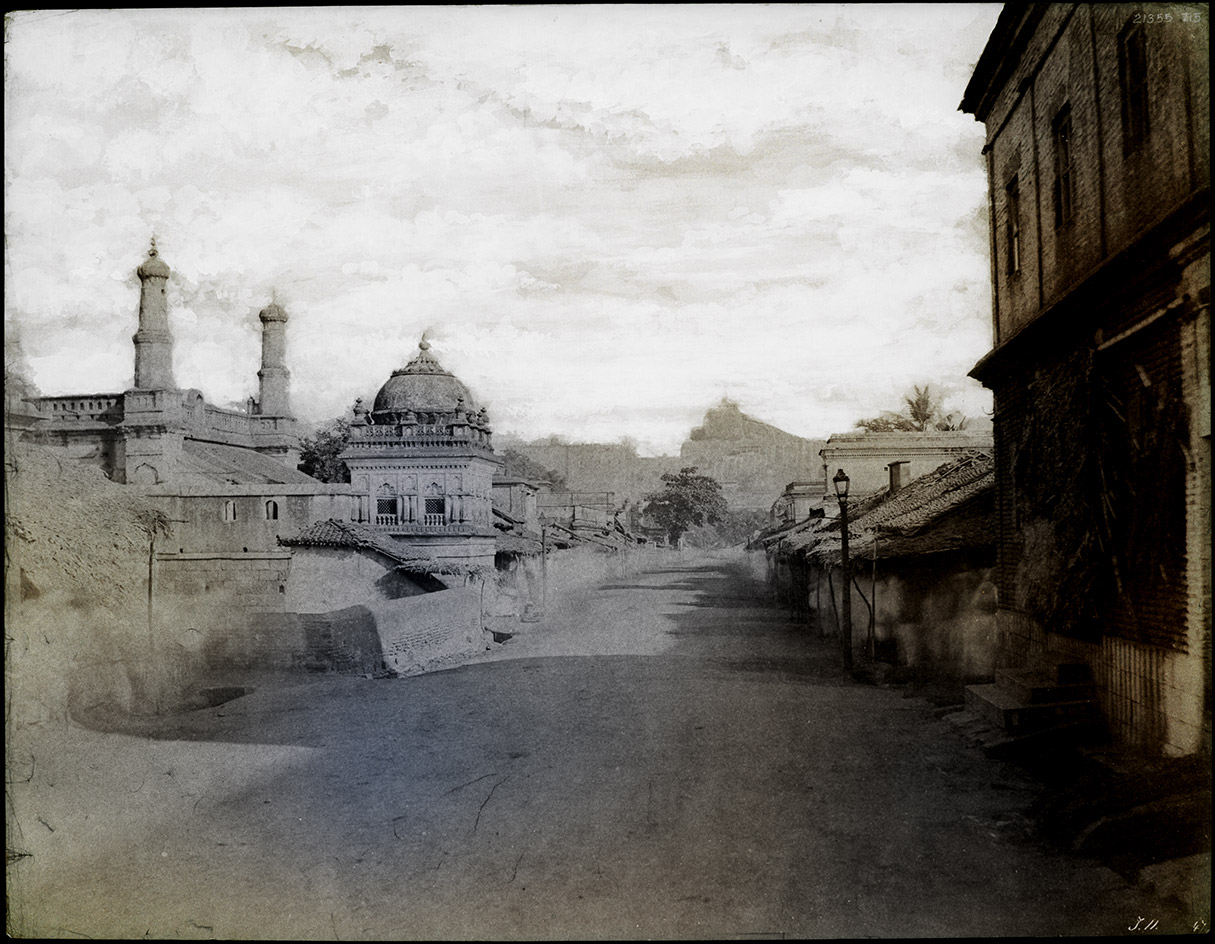
Tripe_17 (Trichinopoly. Street view, the rock in the distance), 2018, by Thomas Ruff, C-type print.

Tripe_01 (Amerapoora. Mohdee Kyoung), 2018, by Thomas Ruff, C-type print.
INFORMATION
The V&A Photography Centre is open to the public from 12 October. For more information, visit the V&A website
ADDRESS
Victoria and Albert Museum
Cromwell Road
London SW7 2RL
Wallpaper* Newsletter
Receive our daily digest of inspiration, escapism and design stories from around the world direct to your inbox.
-
 Tour the best contemporary tea houses around the world
Tour the best contemporary tea houses around the worldCelebrate the world’s most unique tea houses, from Melbourne to Stockholm, with a new book by Wallpaper’s Léa Teuscher
By Léa Teuscher
-
 ‘Humour is foundational’: artist Ella Kruglyanskaya on painting as a ‘highly questionable’ pursuit
‘Humour is foundational’: artist Ella Kruglyanskaya on painting as a ‘highly questionable’ pursuitElla Kruglyanskaya’s exhibition, ‘Shadows’ at Thomas Dane Gallery, is the first in a series of three this year, with openings in Basel and New York to follow
By Hannah Silver
-
 Australian bathhouse ‘About Time’ bridges softness and brutalism
Australian bathhouse ‘About Time’ bridges softness and brutalism‘About Time’, an Australian bathhouse designed by Goss Studio, balances brutalist architecture and the softness of natural patina in a Japanese-inspired wellness hub
By Ellie Stathaki
-
 ‘Humour is foundational’: artist Ella Kruglyanskaya on painting as a ‘highly questionable’ pursuit
‘Humour is foundational’: artist Ella Kruglyanskaya on painting as a ‘highly questionable’ pursuitElla Kruglyanskaya’s exhibition, ‘Shadows’ at Thomas Dane Gallery, is the first in a series of three this year, with openings in Basel and New York to follow
By Hannah Silver
-
 The art of the textile label: how British mill-made cloth sold itself to Indian buyers
The art of the textile label: how British mill-made cloth sold itself to Indian buyersAn exhibition of Indo-British textile labels at the Museum of Art & Photography (MAP) in Bengaluru is a journey through colonial desire and the design of mass persuasion
By Aastha D
-
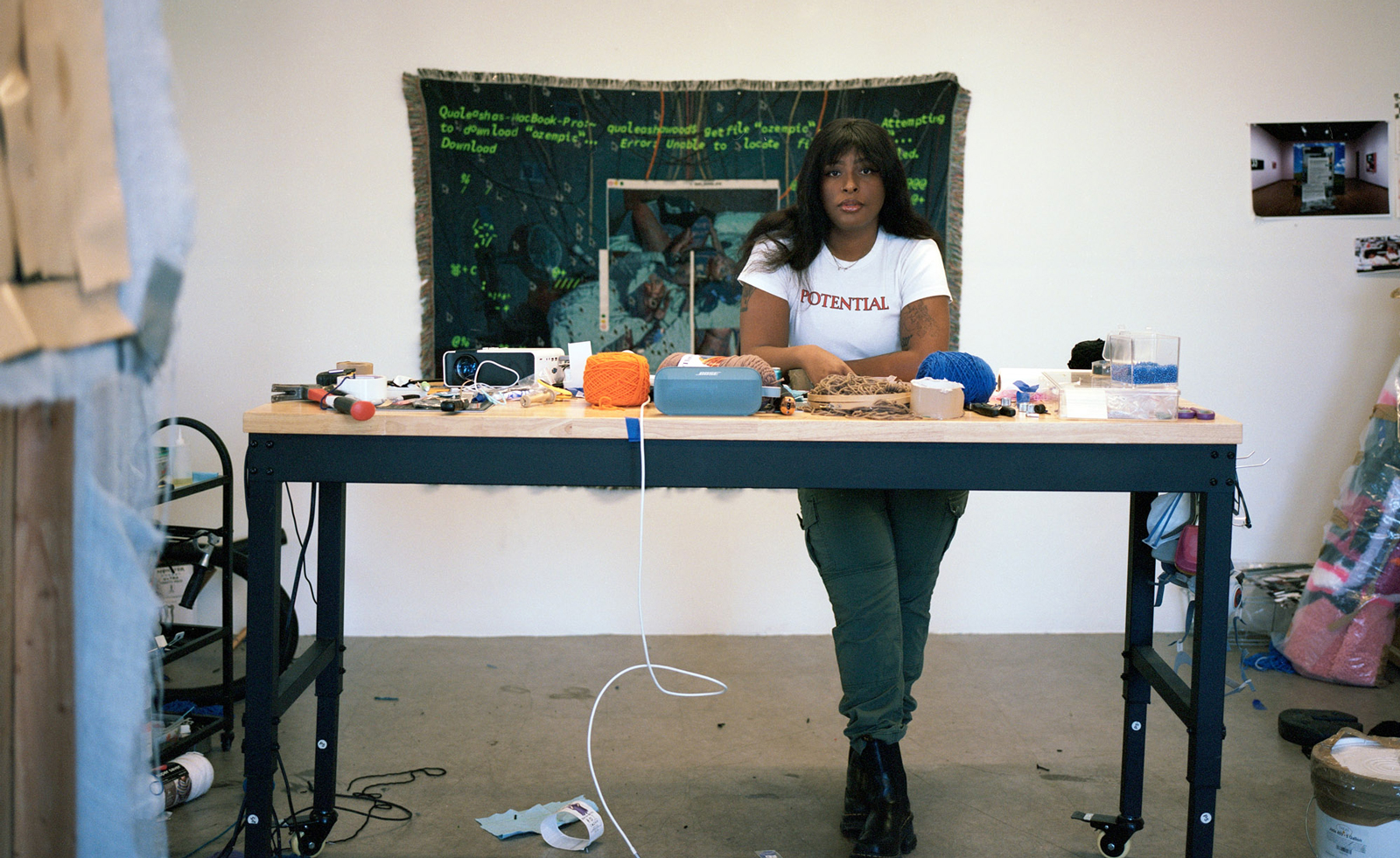 Artist Qualeasha Wood explores the digital glitch to weave stories of the Black female experience
Artist Qualeasha Wood explores the digital glitch to weave stories of the Black female experienceIn ‘Malware’, her new London exhibition at Pippy Houldsworth Gallery, the American artist’s tapestries, tuftings and videos delve into the world of internet malfunction
By Hannah Silver
-
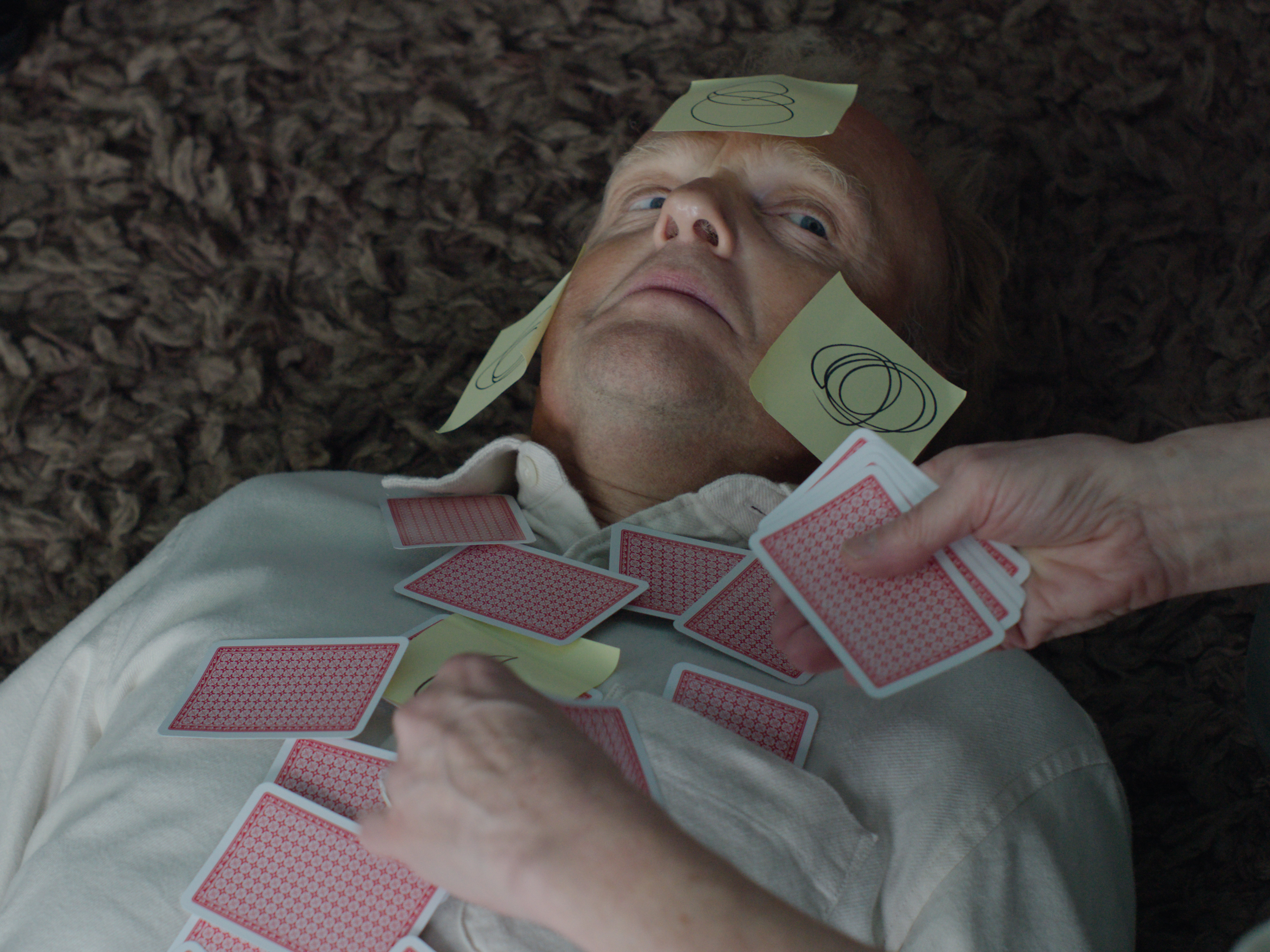 Ed Atkins confronts death at Tate Britain
Ed Atkins confronts death at Tate BritainIn his new London exhibition, the artist prods at the limits of existence through digital and physical works, including a film starring Toby Jones
By Emily Steer
-
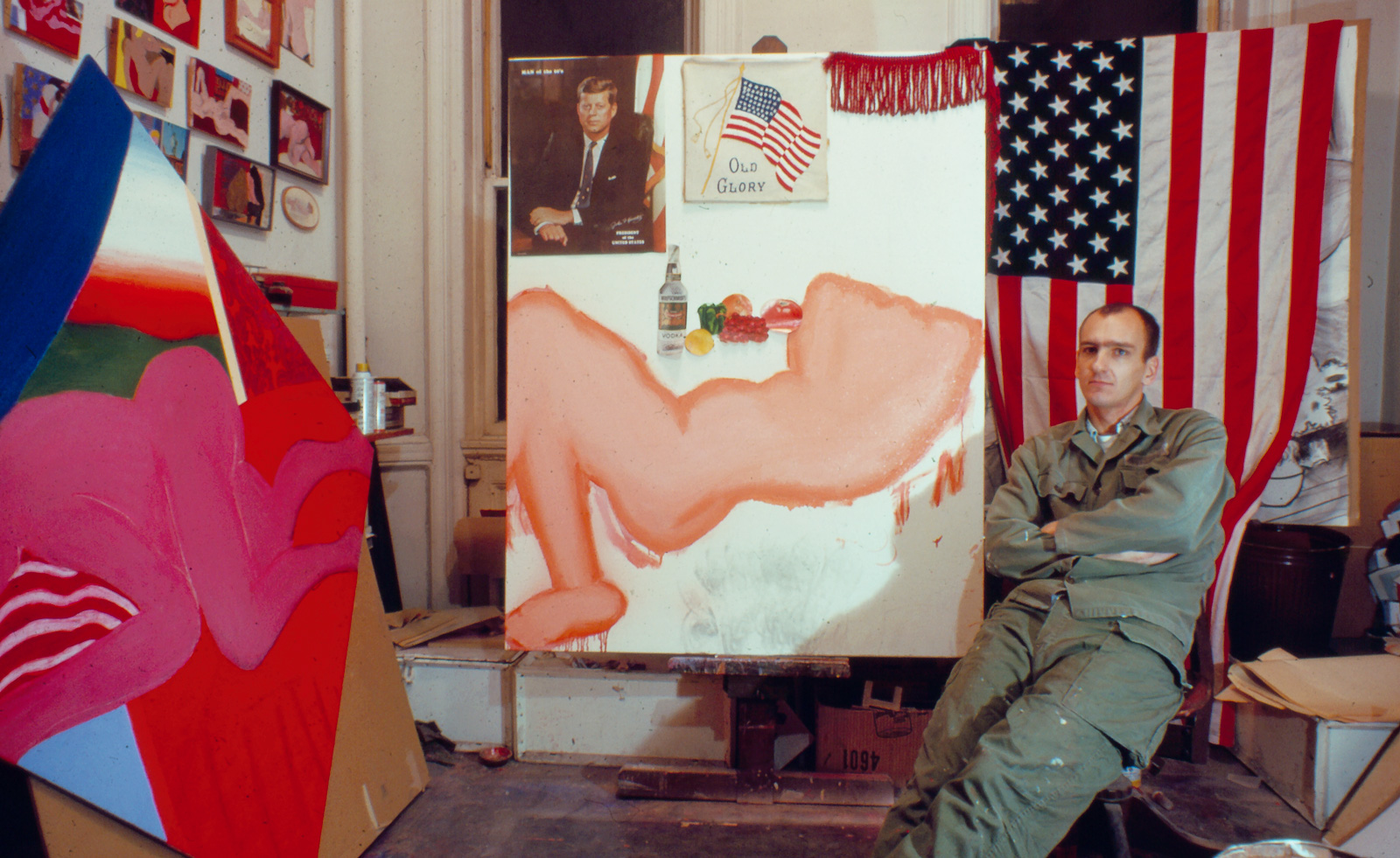 Tom Wesselmann’s 'Up Close' and the anatomy of desire
Tom Wesselmann’s 'Up Close' and the anatomy of desireIn a new exhibition currently on show at Almine Rech in London, Tom Wesselmann challenges the limits of figurative painting
By Sam Moore
-
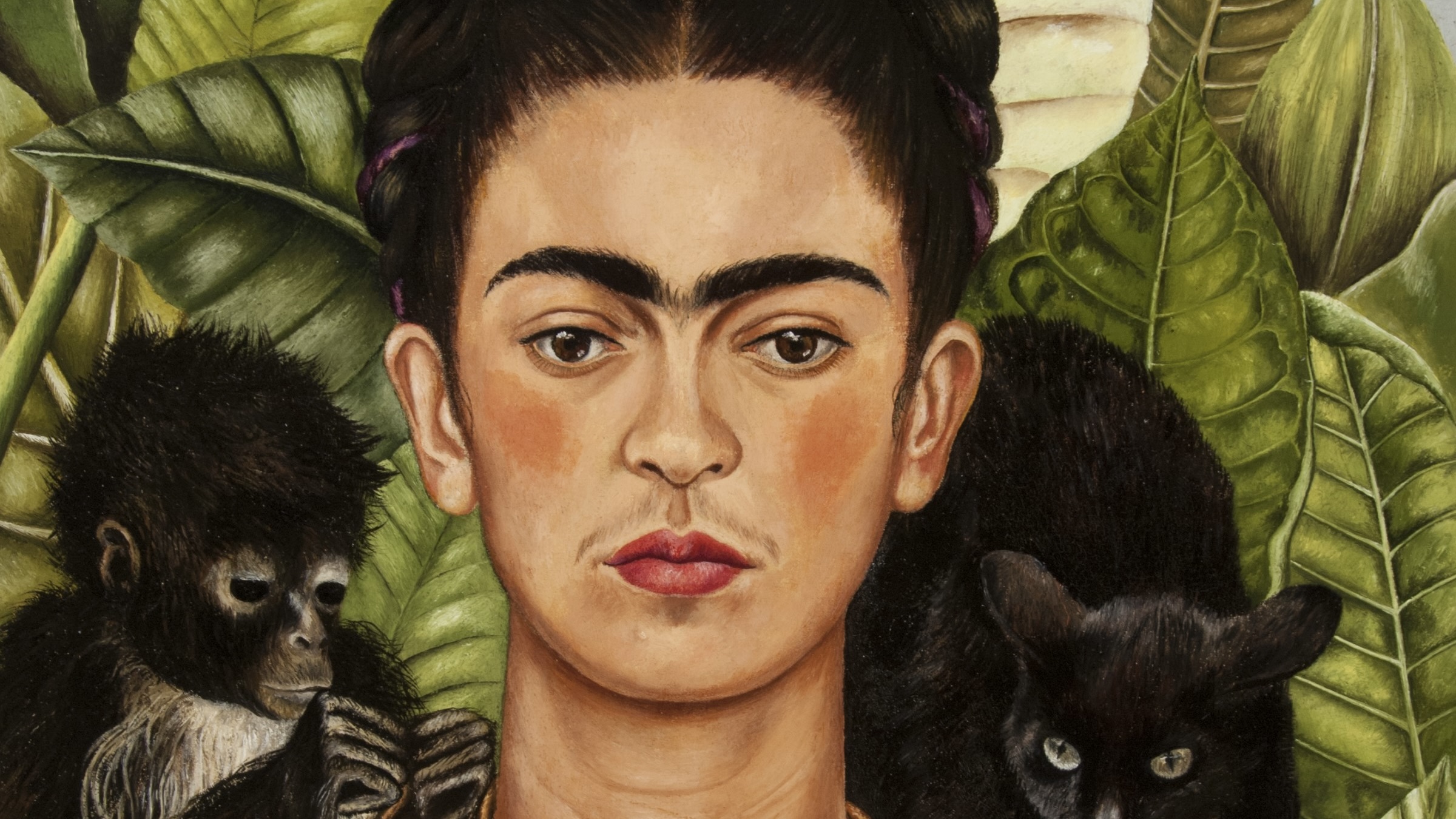 A major Frida Kahlo exhibition is coming to the Tate Modern next year
A major Frida Kahlo exhibition is coming to the Tate Modern next yearTate’s 2026 programme includes 'Frida: The Making of an Icon', which will trace the professional and personal life of countercultural figurehead Frida Kahlo
By Anna Solomon
-
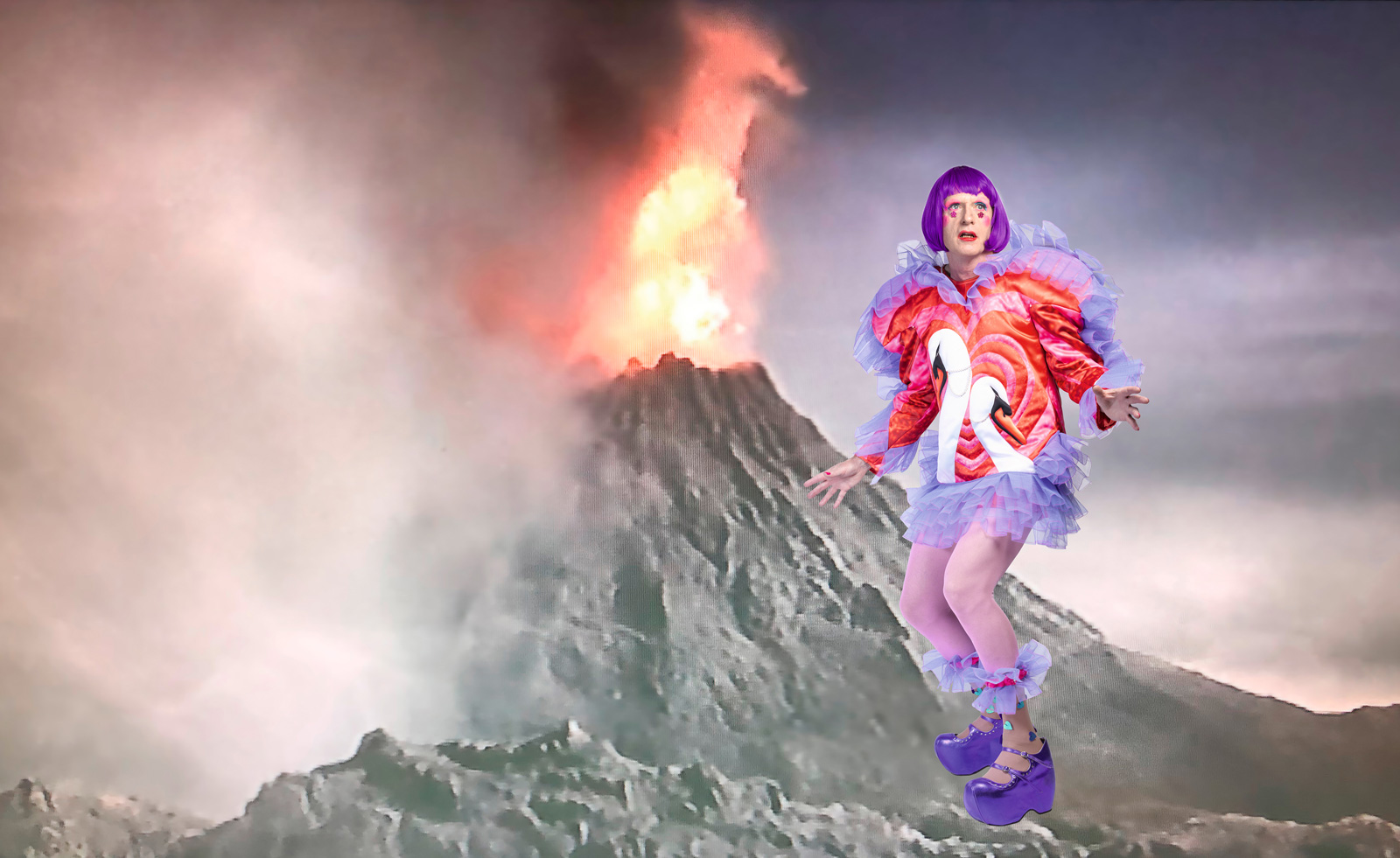 A portrait of the artist: Sotheby’s puts Grayson Perry in the spotlight
A portrait of the artist: Sotheby’s puts Grayson Perry in the spotlightFor more than a decade, photographer Richard Ansett has made Grayson Perry his muse. Now Sotheby’s is staging a selling exhibition of their work
By Hannah Silver
-
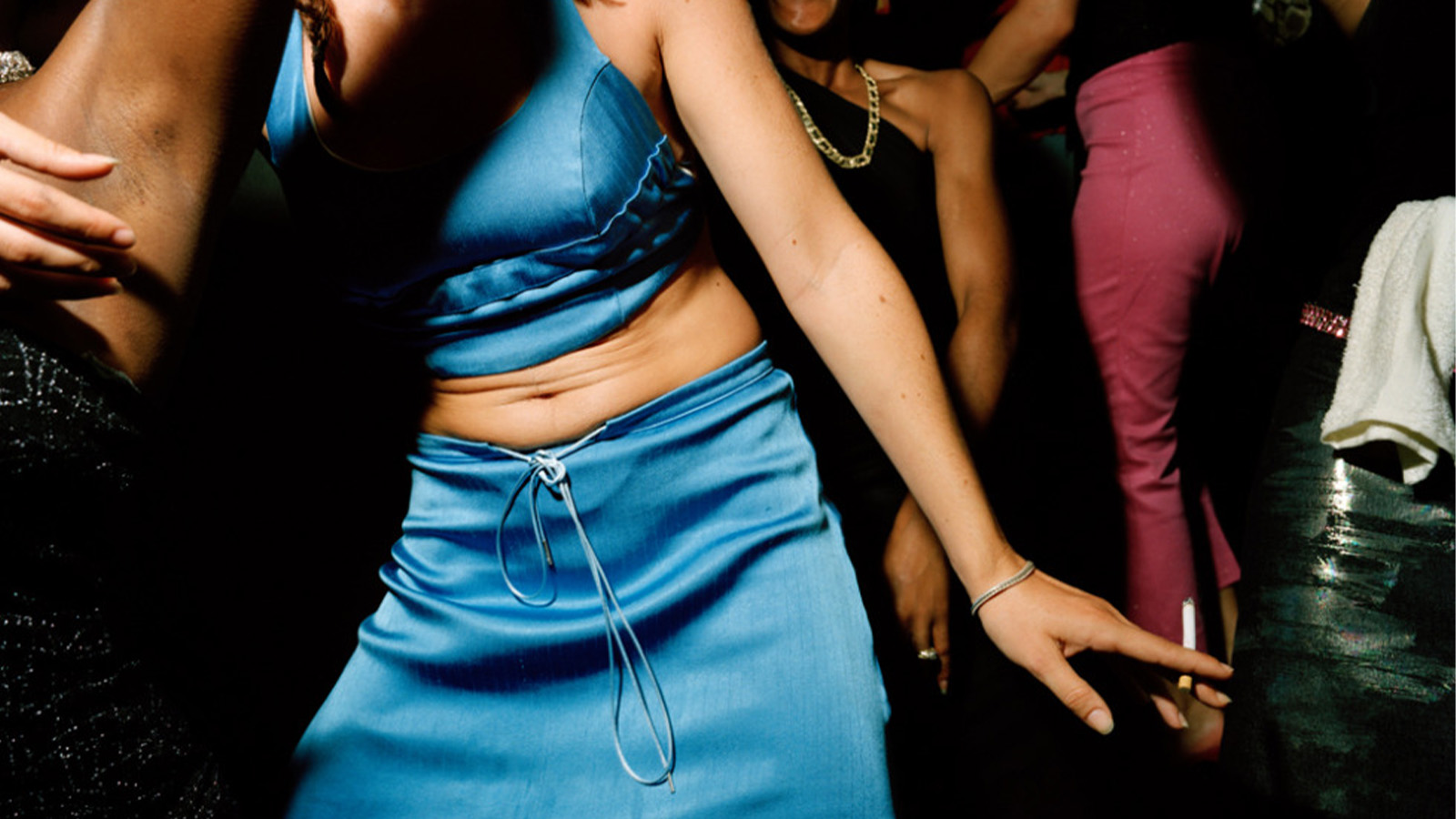 From counter-culture to Northern Soul, these photos chart an intimate history of working-class Britain
From counter-culture to Northern Soul, these photos chart an intimate history of working-class Britain‘After the End of History: British Working Class Photography 1989 – 2024’ is at Edinburgh gallery Stills
By Tianna Williams